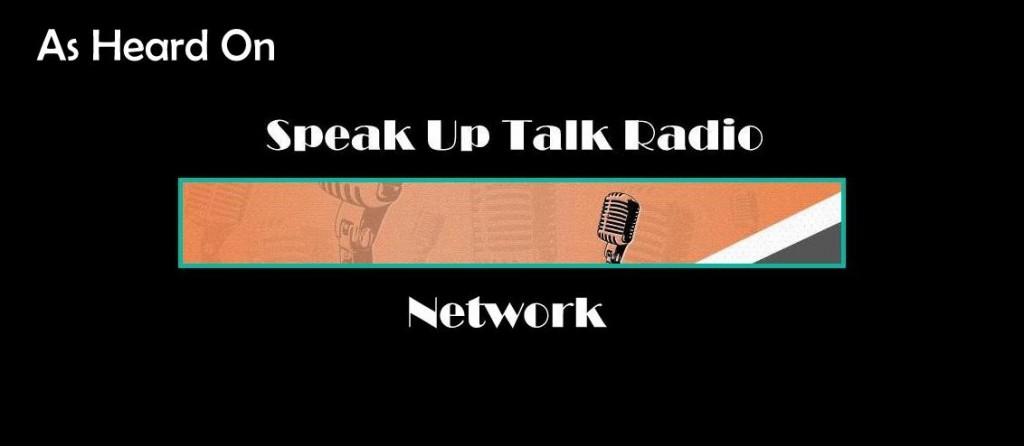
Are “fight or flight” our main responses to fear and stress? That’s what everyone says, but is that so? I’ve asked Spirit, because I want to know. Here’s what Spirit informs me:
People have built-in mechanisms that evaluate danger. (We can call them signals and pulls.) These mechanisms help us evaluate situations and feel how to respond. Our responses depend on many things: age, health status, physical impediments, mental breadth, hunger or thirst, breath capacity, emotional attachments, emotional memories, abdominal state, vision, fears, and awakeness. Besides these uniquely personal statuses, we are influenced by our family, neighbors, responsibilities, and desires.
When a situation requires a response, our bodies (intangible and tangible) must process a response that suits our personal statuses and our outer circle. If the outer circle (family, neighbors, etc.) has strong influence, then our response will be geared towards others. If our response is completely our own, then the personal statuses will force us to devise a response to suit our current situation. If we choose a response that doesn’t suit (for example, choosing to hide when we are too exhausted to move), our signals or pulls will usually join to give us the ability to pursue the chosen response.
Here are typical responses to fear and stress: hiding, lowering to the ground, pulling inwards to be physically compact, freezing in place, falling asleep, entering a shock state, denial, emotional displays (crying, sobbing, begging, anger), and confusion. And possibly, fight. And possibly, flight. Fight and flight are two responses among many so that to speak only of fight or flight is an incorrect characterization of human response.
Each of the responses has a different effect on the body, some effects being more destructive than others. Stress that is handled through freezing in place or denial has differing effects than fight or angry actions. Stress that is denied can be more destructive than stress that is released through tears. Fear that is handled by hiding can be permanently installed in the body, while fear that is handled through entering a shock state can be forgotten. Each response yields a different effect on the body depending on the personal statuses and the forces of the outer circle.
Characterizing the effects of fear and stress as fight or flight is too broad. Each person is an individual response being, and no two people are alike.
 Speak Up Talk Radio
Speak Up Talk Radio Goodkindles
Goodkindles Goodreads
Goodreads
Comments on: "What’s up with “fight or flight”?" (2)
Dear Renee, The thoughts you expressed I felt were well worth rethinking these issues. I thought the ideas about the effects of stress on the body were excellent. . Thank you, Diane
________________________________
[…] Anxiety has fight or flight responses. Other negative states have different responses. See the blog post What’s up with “fight or flight”?. […]